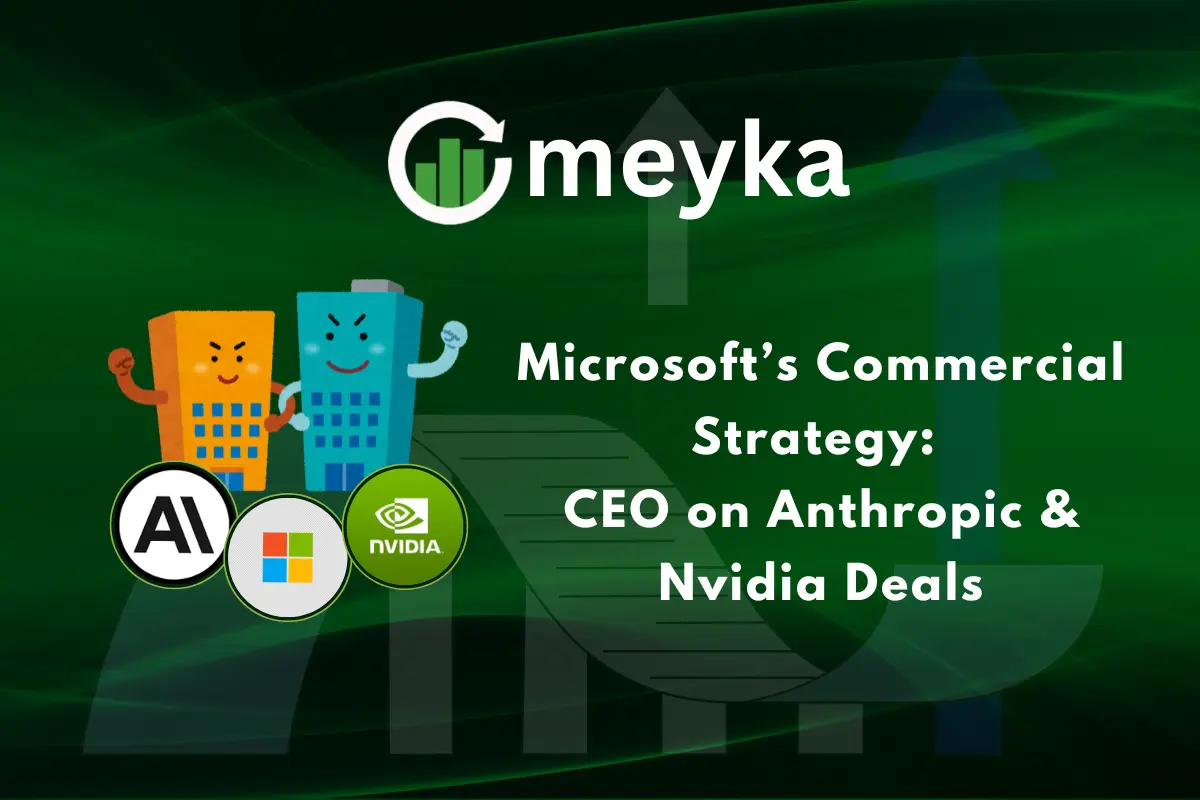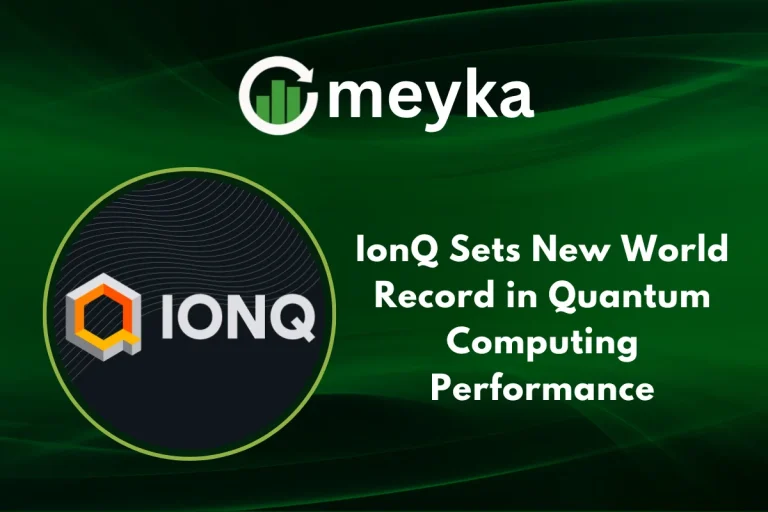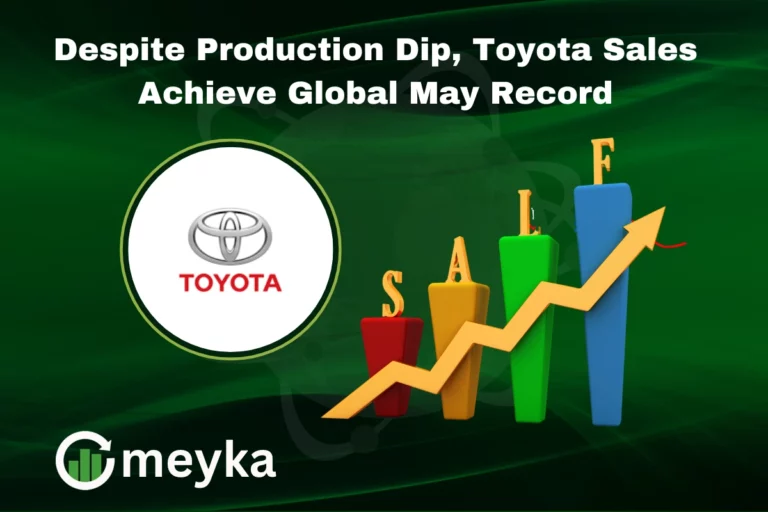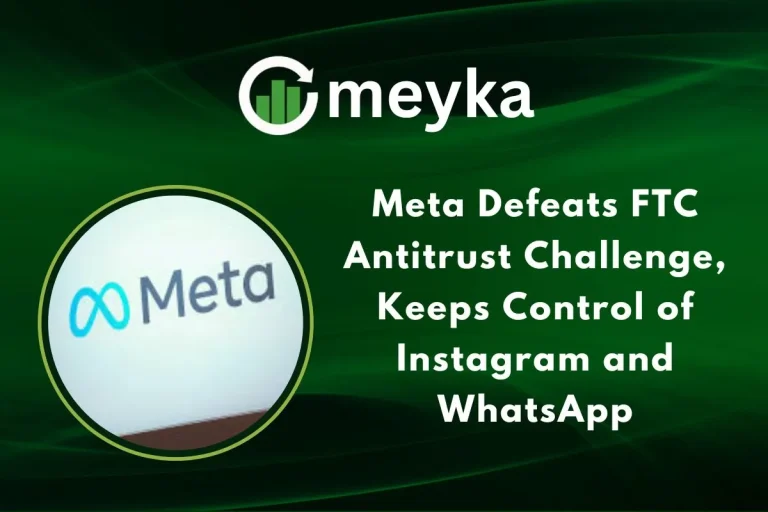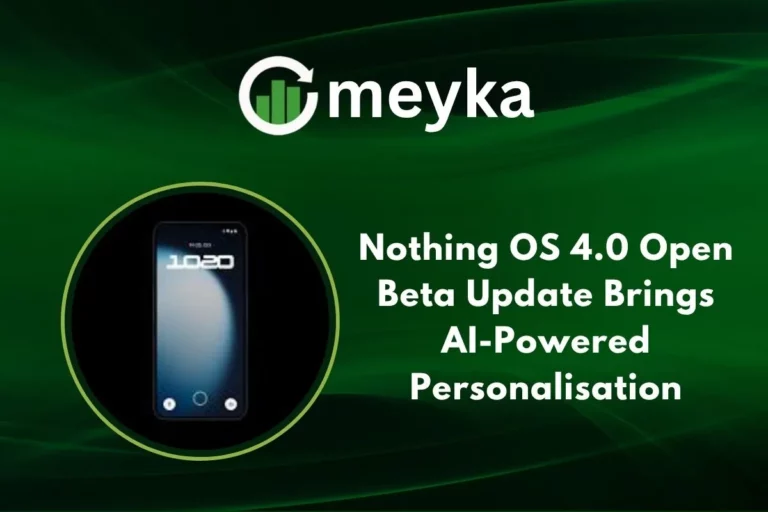Microsoft’s Commercial Strategy: CEO on Anthropic & Nvidia Deals
The race to build powerful AI systems changed sharply in March 2024, when Microsoft added Anthropic’s Claude models to its Azure AI catalog. This move signaled a shift in how Microsoft wants to shape the future of AI. At the same time, Microsoft deepened its work with Nvidia during GTC 2024, pushing for faster and more efficient AI computing. These facts show a clear trend. Microsoft is not only buying access to strong AI models. It is building an entire ecosystem around them.
Today, the company faces tough pressure from Amazon, Google, and Meta. Each is trying to control key parts of the AI stack. Microsoft’s answer is simple but bold. It wants the best models, the best chips, and the best cloud network all working together. This strategy comes directly from the guidance of its top leaders. They argue that AI demand will grow fast and businesses will need trusted tools.
Because of this, the Anthropic and Nvidia deals are more than business news. They highlight how Microsoft plans to lead the next wave of AI growth.
Background: Microsoft’s AI Push and Market Context
Microsoft has pushed hard into AI for years. The company built big ties with OpenAI first. Then it expanded Azure AI offerings for business customers. Microsoft wants to own more of the stack. That means models, cloud services, and faster hardware.
Rivals such as Google, Amazon, and Meta are moving fast, too. Each rival seeks control over models and computing capacity. The result is a frantic arms race for talent, chips, and contracts. Microsoft also seeks resilience. Reliance on any single model partner now looks risky. Satya Nadella has framed the approach as a move toward choice and enterprise reliability.
Microsoft and Anthropic: What Does the Deal Mean?
On 18-19 November 2025, Microsoft announced a major pact with Anthropic. Anthropic will run large parts of its Claude models on Microsoft Azure. The startup also committed to buying a huge amount of Azure compute. Reports state Anthropic will purchase roughly $30 billion in Azure capacity and may scale to about one gigawatt of power.
Microsoft will invest in Anthropic as part of the arrangement. The move gives Azure direct access to Anthropic’s frontier models. This reduces single-vendor risk and broadens model choice for enterprise clients. The change shifts the industry from exclusivity to shared-platform models.
Anthropic’s Claude models have a reputation for safety-first design. Enterprises care about that. Microsoft can now offer Claude alongside OpenAI and other models. This helps customers test tradeoffs. It also lets Microsoft package different models into its Copilot and Azure AI Foundry services. Microsoft frames the deal as a way to give businesses more options. The company says choice equals lower risk and a better fit for regulated sectors.
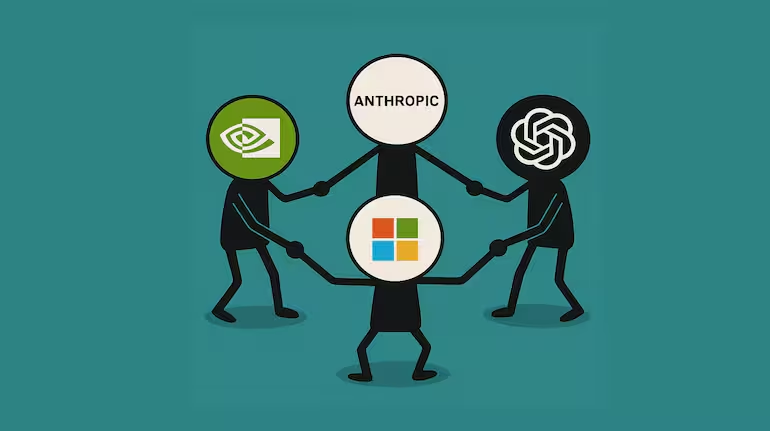
The Nvidia Angle: Compute, Chips, and Capacity
Nvidia sits at the heart of modern AI compute. Its GPUs power most large model training today. Microsoft’s deeper work with Nvidia strengthens Azure’s hardware backbone. The deal announced in November 2025 includes Nvidia committing substantial funding to Anthropic and plans for tight engineering collaboration across future architectures. This aims to improve model performance on next-generation chips. For Microsoft, closer coordination with Nvidia helps secure GPU supply. It also enables co-optimization of software and hardware for Azure customers.
The allocation of dedicated GPU clusters matters. AI workloads need scale and reliability. Nvidia’s involvement promises access to massive on-prem and cloud GPU farms. That is crucial for training ever-larger models. Microsoft can now advertise prioritized compute and tuned stacks for enterprise buyers. This reduces latency and cost for heavy workloads. The outcome is better performance for Copilot, Microsoft 365 integrations, and custom model training on Azure.
How do These Deals Fit Microsoft’s Commercial Playbook?
The deals map cleanly onto Microsoft’s broader strategy. First, the company pursues vertical integration. It wants to control the delivery path from silicon to software. Second, Microsoft pushes a multi-model marketplace. Customers get choices among Claude, OpenAI models, and in-house options. Third, the focus stays enterprise-first. Microsoft aims to embed models into Microsoft 365, Dynamics, and Azure services. This helps sell high-margin cloud subscriptions and tool suites.
The commercial logic is simple. Better models and faster chips lead to more cloud usage. More usage drives revenue. More revenue funds more investment. That cycle strengthens Microsoft’s moat. The recent deals also help with corporate sales. Many large buyers prefer a single vendor that offers both models and a compliant cloud infrastructure. Microsoft now markets Azure as that combined offer.
Some analysts ran scenario models using an AI tool to estimate revenue upside. Their models show that a sustained multibillion-dollar compute commitment could lift Azure AI revenue substantially over the next three years. That makes the Anthropic pact commercially material for long-term forecasts.
Competitive and Regulatory Risks
The partnerships carry clear risks. First, dependency on big partners creates concentration. Microsoft still relies on Nvidia for advanced GPUs. It also depends on third-party model developers. Second, regulatory scrutiny is rising. Governments now watch big deals in AI closely. Antitrust and national security reviews can complicate cross-border cloud deals. Third, compute costs remain volatile. Even with preferred access, operating costs for massive models are high. That pressure can squeeze margins or push prices up for customers.
Competitors respond too. AWS and Google have forged their own deep ties with model developers and chip vendors. OpenAI expanded cloud arrangements with other providers in 2025. This keeps the market fluid and competitive. Microsoft must continue investing in both software differentiation and price efficiency to stay ahead.
Broader Industry Impact and Enterprise Outcomes
The consolidation around a few major infrastructure providers will shape how enterprises buy AI. Buyers will value bundled offerings that include cloud, compliance, and model governance tools. Microsoft can offer ready-made enterprise features like data residency controls and security integrations. That will appeal to regulated sectors such as finance, healthcare, and government.
At the same time, smaller AI firms may find it harder to scale without deep cloud partnerships. This could accelerate consolidation in the model market. The changes will also drive new customer expectations. Enterprises will ask for transparent cost metrics, service-level guarantees on compute, and clear safety standards for deployed models.
Conclusion: Strategy, Scale, and the Next Phase
Microsoft’s deals with Anthropic and Nvidia mark a strategic pivot. The aim is clear: control more of the AI value chain. The company wants to combine top models, prioritized GPU supply, and enterprise cloud services. This makes Azure a stronger option for customers who need scale and reliability.
The arrangement dated 18-19 November 2025 shows how quickly the market is moving. Microsoft now faces the twin tasks of managing partner risk and keeping prices sustainable. Success will depend on execution, regulatory navigation, and continued technical co-innovation with Nvidia and model partners.
Frequently Asked Questions (FAQs)
Microsoft partnered with Anthropic in November 2025 to offer more AI model choices on Azure. The deal helps businesses use safer and stronger AI tools without relying on only one provider.
Nvidia provides fast GPUs that power large AI systems. It works with Microsoft, boosting training speed and cloud performance. This support helps Microsoft handle rising AI demand across many industries.
Microsoft’s 2025 AI plan focuses on stronger model options, better chips, and more cloud capacity. The strategy mixes multiple partners, which gives customers flexible tools and steady AI performance.
Disclaimer: The content shared by Meyka AI PTY LTD is solely for research and informational purposes. Meyka is not a financial advisory service, and the information provided should not be considered investment or trading advice.
